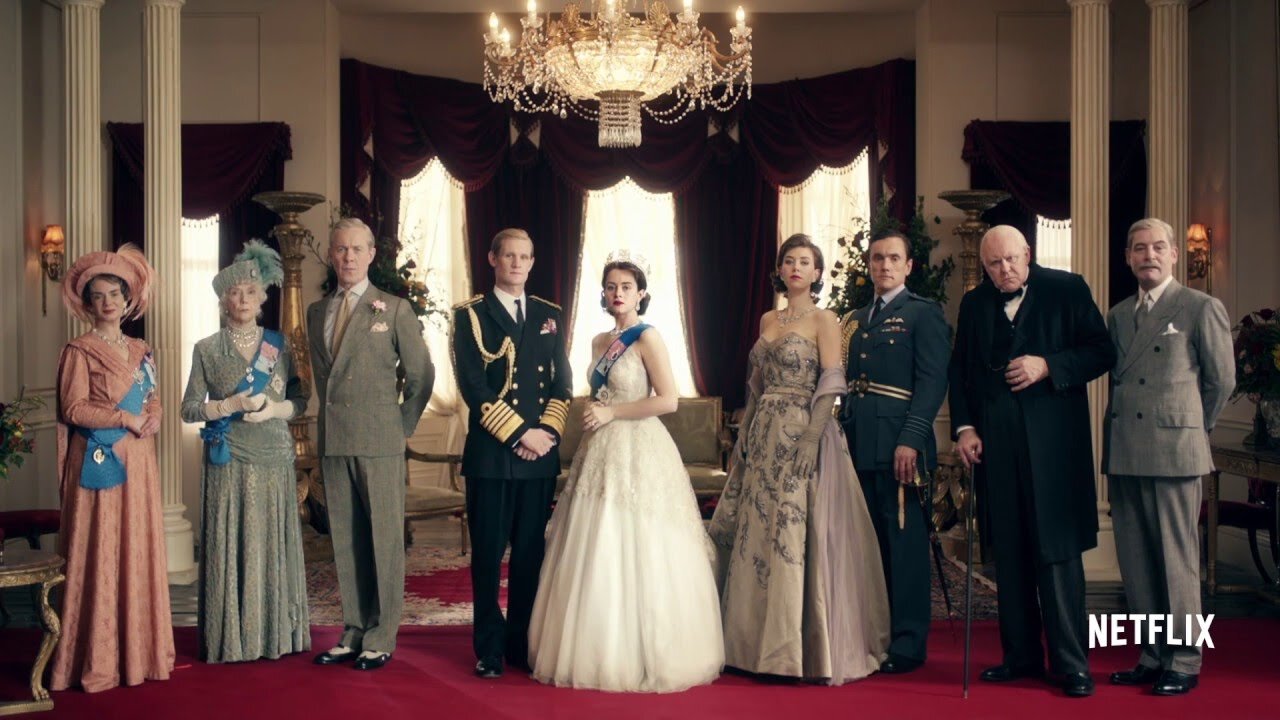Diversity as Our Human-Super-Power
Chimamanda Ngozi Adichie
Single vs Multiple
Author Chimamanda Ngozi Adichie spoke about “the danger of a single story” In her 2009 TED talk. She relayed experiences growing up that brought a single perspective of reference—exposure to only British books, assumptions regarding their houseboy’s poverty, African identity. Seeing, reading, or hearing about people as one thing leads us to assume default positions and interact based on those assumptions.
Grounded in her single storyline of Africans, Adichie’s college roommate thought that she wouldn’t know how to use a stove, marveled at how well she spoke English, and was surprised by her music choices. When the single story, often negative, becomes the definitive story for a whole people, Adichie says that its power blinds us to the many other sides. It robs people of dignity based on differences and flattens the experience of that particular person. When she was able to see their houseboy and his family in their village, when she started reading African authors, Adichie could appreciate the multi-faceted perspectives that emerged, which ultimately enriched her understanding.
When we reject the single story, when we realize that there is never a single story about any place, we regain a kind of paradise.
—Chimamanda Ngozi Adichie
Homogeneity vs Diversity
The British monarchy is a single story –white characters, an aristocratic structure, and a supposedly unblemished bloodline—though some historians maintain that Queen Charlotte and Philippa of Hainault were of black heritage. Oprah’s interview with Prince Harry and Meghan Markle was a landmine—bombshells of racism, suicidal thoughts, and safety issues—all stemming from a toxic landscape. Prince Harry said that the monarchy didn’t know what an opportunity they had with Meghan. An insightful comment, it portends that the beauty of Meghan’s diversity could enhance a long line of sameness. The monarchy has held and continues to hold tight to their single story of privilege and homogeneity. The Queen’s response to their interview was, at best, tepid, lackluster, and non-committal at best. Where was the outrage at the treatment Meghan suffered? As the symbolic head of Britain, where’s the commitment to right the wrongs, to bring healing, and regain trust? As with the racial reckoning here in the US, such revelations surface the ever-present underbelly of racial inequities that have been the foundation of British society for centuries.
As a young, newly married couple living in London in the mid-fifties, my parents endured the perils of Britain’s racist society. I remember my mother sharing stories about the Teddy Boys roaming the streets of the West End, a predominantly black neighborhood, locking arms when they saw anyone black approaching to prevent them from passing and assaulting these folks at their whim. If her brother, who carried brass knuckles in his pocket, couldn’t meet her after a late work shift, my mother would take a circuitous route home, extending her travel from twenty minutes to an hour to avoid running up against the Teddy Boys.
The storylines of Netflix’s The Crown and Bridgerton both involve the tale of a monarchy and its society, but, in sharp contrast, the programs look very different. Shonda Rhimes’ Bridgerton brought a diversity to casting that prompts the imagination about what could have been and what can be. The Crown maintains the same historical representation. Announcing a $100 million diversity/inclusion initiative commitment over 5 years, Netflix’s CO-CEO Ted Sarandos spoke recently about the importance of the initiative for Netflix employees and programs as storytellers. Married to a black woman, Sarandos said his eyes have been opened to [racial] things he would not have otherwise seen—a sentiment also expressed by Prince Harry.
Surface vs Deep
Courtesy of Thomson Learning
We are complex beings, manifesting in a myriad of ways. Our diversity reflects the complexity of our cultures. According to some educators, differences that are easily perceived—such as ethnicity, age, gender, are referred to as surface diversity. Aspects such as personality, attitudes, and values, sometimes considered the most influential, are deep-level diversity. Author Tyson Yunkaporta says that from an indigenous perspective, that we can scale and function as a sustainable system through diversity. This level of functioning requires “the full autonomy and unique expression of each independent part of the interdependent whole.” This happens as we build relationships, make connections, and tell our stories.
Allow me to share a brief story:
Greg and I took a walk through the neighborhood earlier this week. Heading back home, we passed a white mom outside with her two young children, probably five and six years old. We said hello to mom and then gave an enthusiastic hello to the youngsters. The young boy swiveled around on the ground, looked directly at me and asked, “Are you my family?” His question took me by surprise, and for a moment, left me speechless. It was a heart-sourced question asked in a most innocent way. I playfully responded, “I don’t think so,” which instantly felt inadequate. My simple answer should have been, “Yes.” We are a spectacularly diverse human family.




